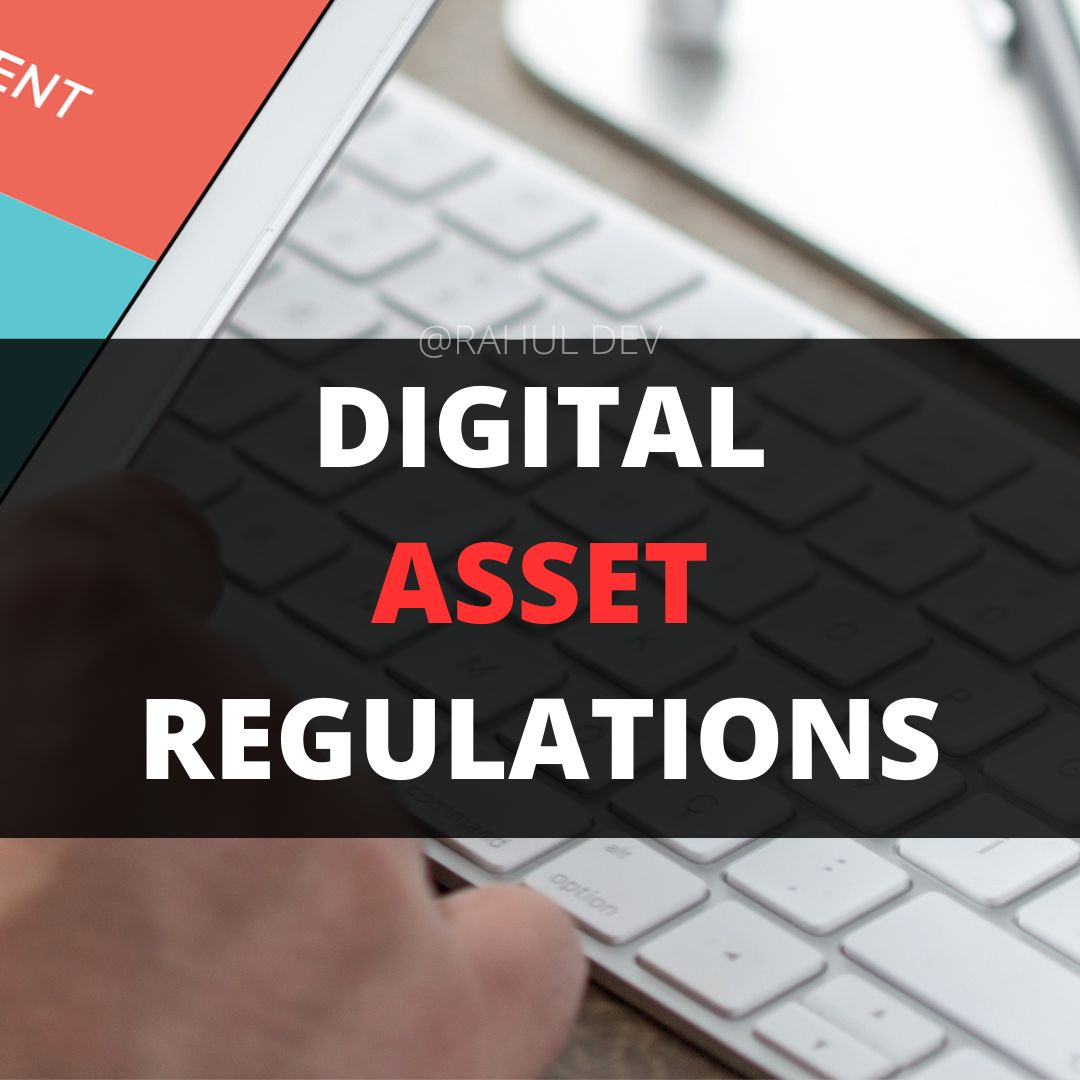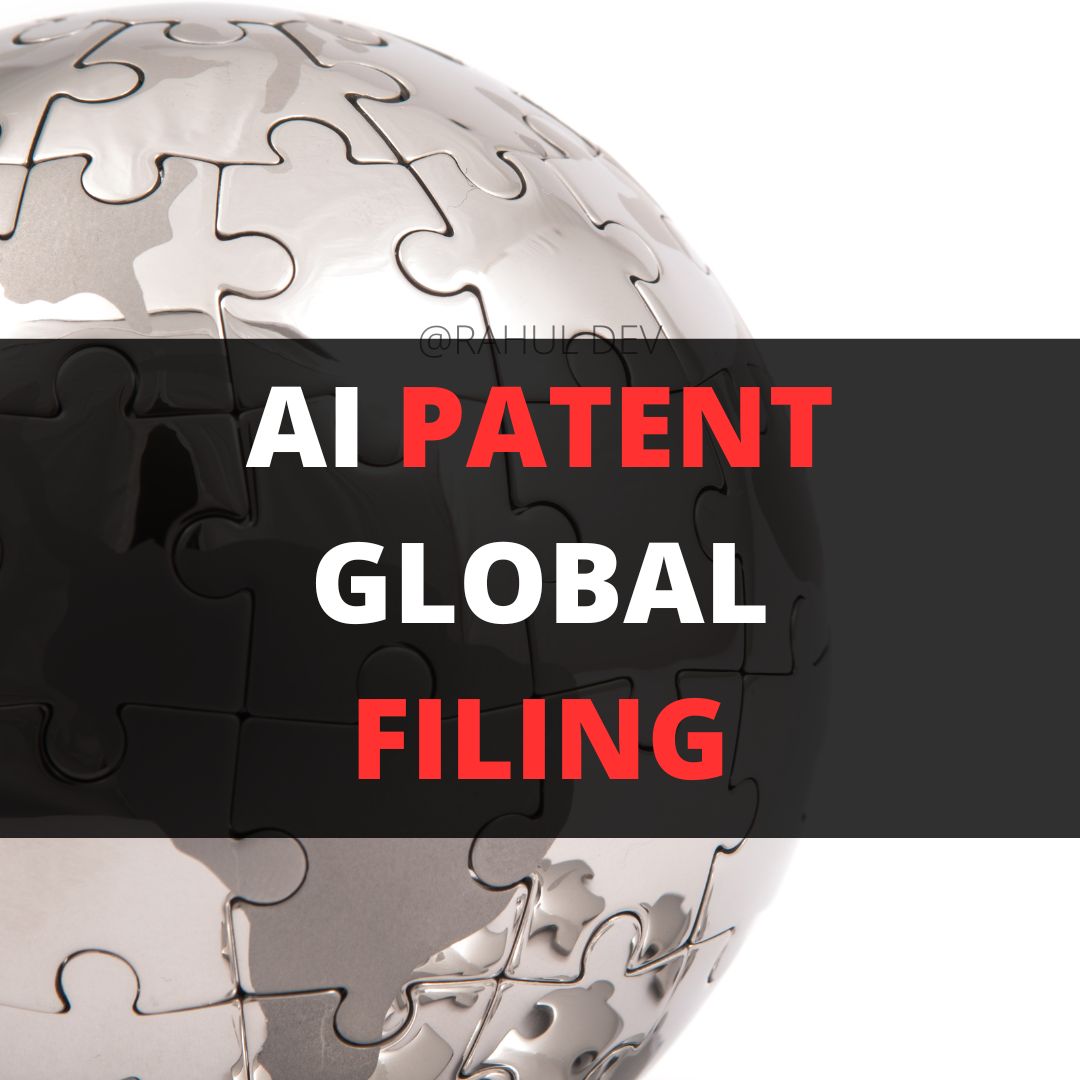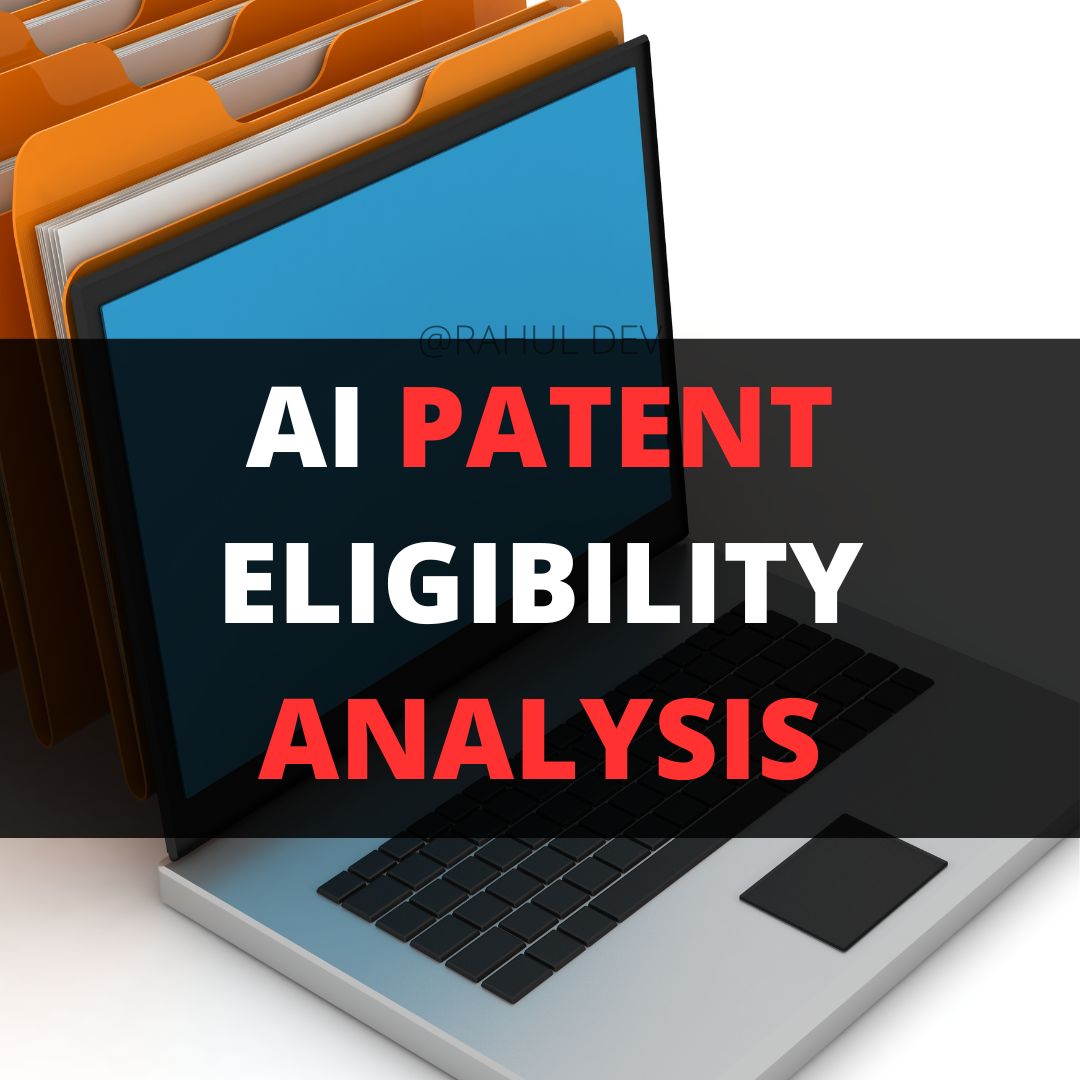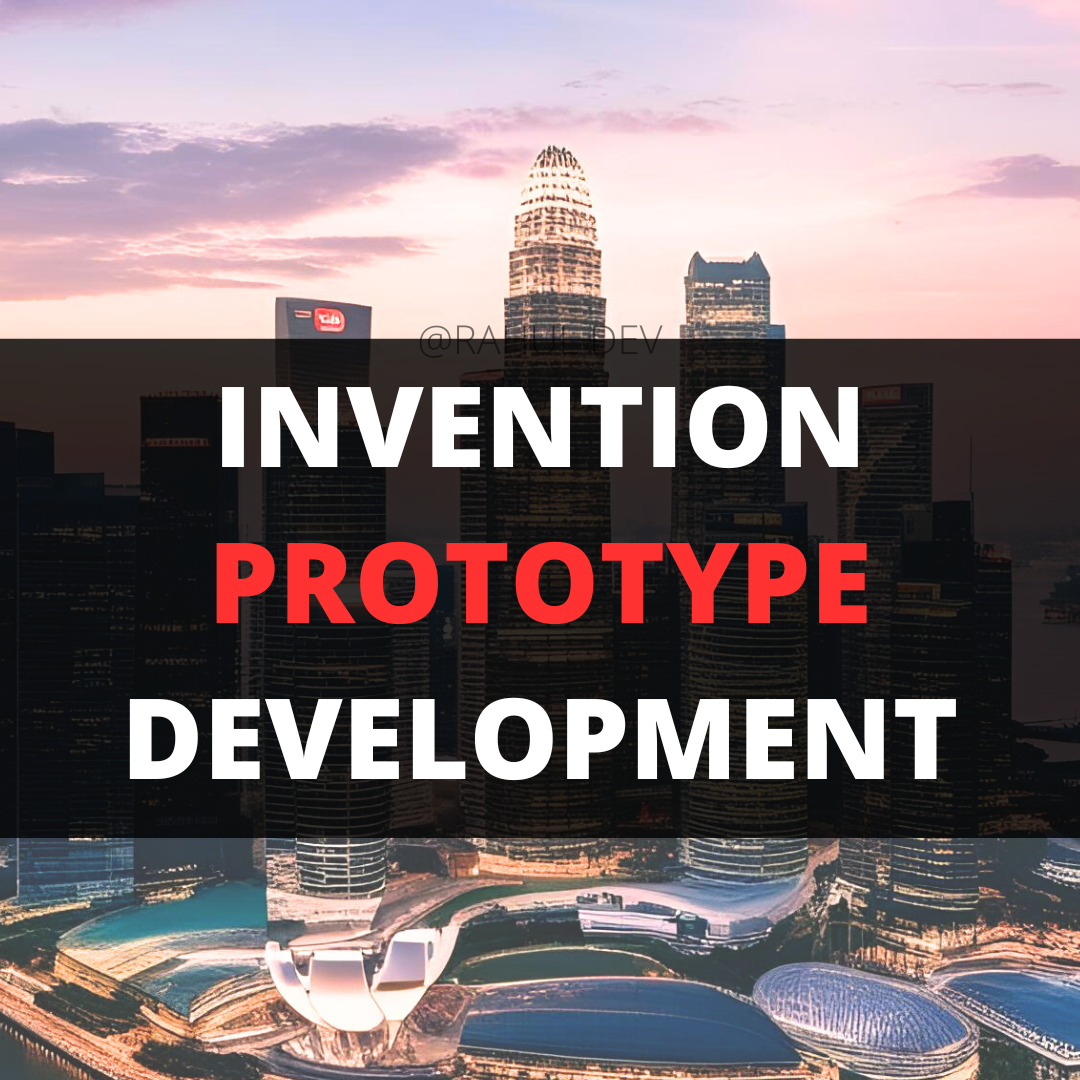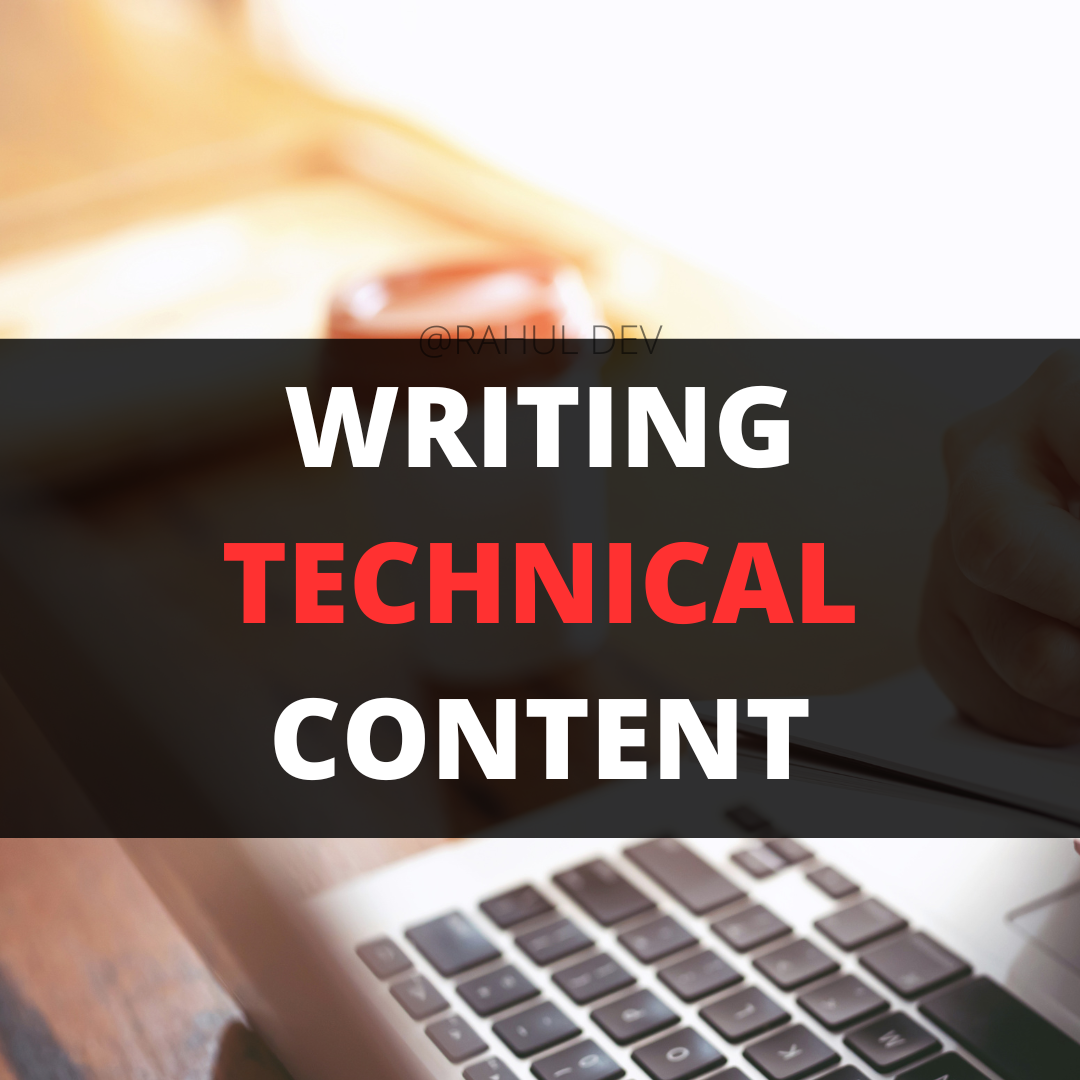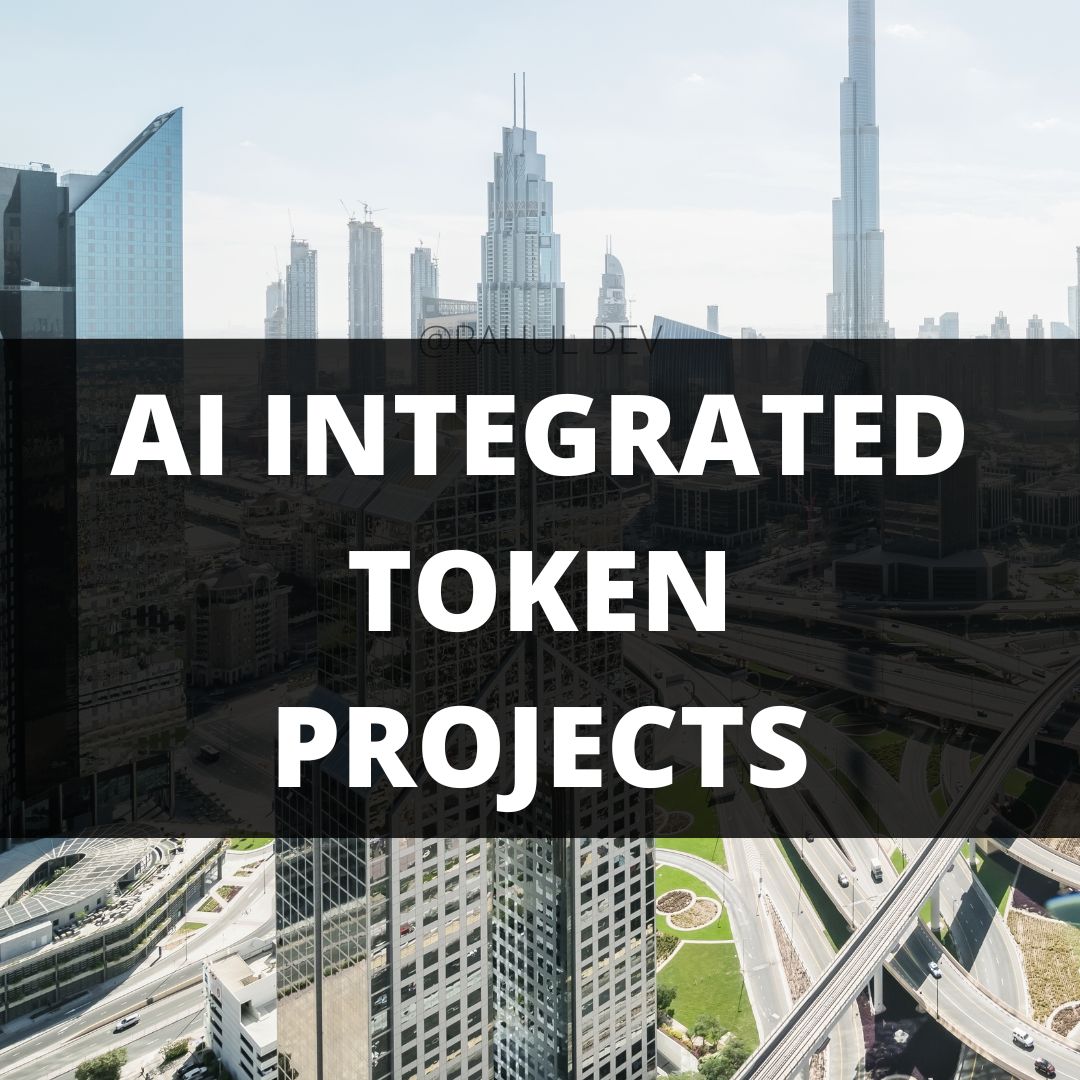
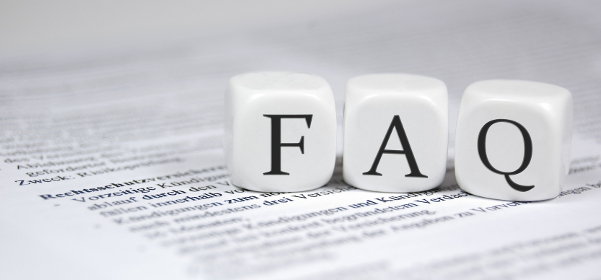
The Madrid Protocol is a treaty, signed by India in 2013, that provides for international registration of trademarks by filling a single application with one set of fee. The regulatory body of Madrid Protocol is the International Bureau of World Intellectual Property Organization (IB of WIPO). An application for registration of a trademark under the Madrid Protocol can be filled though the Indian Trademark Office of the respective jurisdiction. The application under Madrid Protocol can be filed under 3 languages, i.e., English, French and Spanish.
An application for registration of a trademark under Madrid Protocol can be filled through FORM MM2 for a prescribed fee with the respective Trade Marks Office of the applicant’s jurisdiction.
Refer: (1) Forms
(2) Fee
The Trade Marks Office then certifies such application and forwards it to WIPO. WIPO then formally examines such application and forwards it to the other designated contracting parties for thorough examination in accordance with their respective domestic law within 12/18 months.
If no objection is found by any of the designated contracting parties, WIPO registers the mark in the International Registry and then publishes the International registration in a Gazette.
The holder of a “registered” trademark has exclusive right over his/her mark. If a registered trademark is infringed by another trader, he is liable for an action against him for infringement of that registered trademark. (See Section 29 of Trade Marks Act, 1999)
NO ACTION for infringement of an UNREGISTERED trademark can be instituted. (See Section 24 of Trade Marks Act, 1999)
The period of limitation for filing a suit for infringement is Three Years from the date of infringement.
When no notice for opposition is advertised or re-advertised to an application in the Journal within a period of 4 months, or where the opposition was made and was dismissed, the Registrar shall, subject to the provisions of sub-section (1) of Section 23 and Section 19, enter the trademark on the register. (Rule 53 of Trade Marks Rules, 2017)
The Certificate of Registration will be issued by the Registrar under sub-section (2) of Section 23 on FORM RG-2 and shall include the trademark. The form shall bear the seal of the Trade Marks Registry. (Rule 56 of Trade Marks Rules, 2017)
The term of registration for a trademark in India is 10 Years. A trademark is to be renewed after every 10 years by filing FORM TM-R along with a prescribed fee of Rs. 10,000 for physical filing and Rs. 9,000 for e-filing for each class. ((Rule 57 of Trade Marks Rules, 2017).
Once an application for registration of trademark is filled with the Trade Mark Office, the Registrar may, refuse the application, accept it absolutely or accept it subject to such amendments, modifications, conditions or limitations, if any, as the registrar may think fit.
The Registrar may also withdraw his/her acceptance if he is of the opinion that the application was accepted in error, or that the trademark ought not to have been accepted in the circumstances of the case, or proposes that the trademark should be registered only subject to conditions, limitation, divisions or to conditions additional or different from the conditions, or limitations, subject to which the application has been accepted. The Registrar shall send a written communication of such action to the applicant. (See section 19 r/w Rule 38 of Trade Mark Act, 1999 & Trade Marks Rules, 2017)
If the registrar accepts the application, the application enters into the stages of registration. The initial stage is the “FORMALITY CHECK”. If the application passes the general formalities that must be fulfilled by the applicant in check, the status of the application on the Trade Mark Registry Website will show “FORMALITY CHK PASS”, and if the formalities are not in accordance with the law, it will show “FORMALITY CHK FAIL.”
The second stage, “MARKED FOR EXAM” is when the application, only after passing the formality check, is assigned to an Examiner. The trademark would be examined as to its ability to be registered under the various Sections of the Trade Marks Act, 1999. An examination report is then issued either accepting the trademark for publication or raising objections as to its registrability. At this stage, the applicant needs to wait for the examination report to be issued. An examination report is usually issued within a period of one month to one year depending on the backlog of the registry.
The stage of “OBJECTED”. If an examination report has been issued raising objections, a reply has to be filed by the applicant with a period of one month from the date on which the examination report was received by the applicant, failing which the trademark application may be treated as abandoned by the Registry. If the Examiner is not convinced with the written response, a hearing is posted for allowing arguments to be put forth in person.
The status “EXAM REPORT ISSUED” or “ACCEPTED” is used by the Trade Mark Registry to indicate that the trademark application has been ordered for publication in the Trade Marks Journal prior to registration. This status is used by the Registry when no objections are raised by the Examiner as to the registrability of the trademark or when the objections are overcome by way of written submissions or hearing. No action is required by the applicant at this point unless the application does not move forward for journal publication.
The status is shown to be as “AVERTISED BEFORE ACC” or “ADVERTISED” or “ACCEPTED & ADVERTISED” when the trademark application is advertised/published in the Trade Marks Journal. This is one of the final stages in the trademark registration process. Once the trademark is published in the Trade Marks Journal, 4 months’ time is given for any third party to oppose the registration of the trademark. If no oppositions are filed during the 4 month opposition period, then the trademark registration certificate is usually issued within 3 months thereafter.
But if the application is opposed, the status will reflect as “OPPOSED”. This happens when a third party files an opposition to the registration of your trademark. The notice of opposition is sent by the Registry to the applicant or its agent. In order to contest the opposition, a counter statement should be filed within 2 months from the date of receipt of notice of opposition, failing which the trademark application will be abandoned and cannot be revived. No extension of time is granted for filing the counter statement. (See Section 21 of Trade Marks Act, 1999)
If there is any error regarding the data entry of application or if the documents were not digitized properly and which needs to be corrected, the application is “SENT BACK TO EDP” (Electronic Data Processing) section.
In case any amendments which were filed prior to registration such as proprietor details, address, specification of good, etc, the application is “SEND TO PRAS” (Pre-Registration Amendment Section).
A trademark is filed in India through Form TM – A with the respective Trade Mark Office (New Delhi, Mumbai, Chennai, Kolkata and Ahmadabad). A trademark can be filled either through e-filing or through physical filing. A requisite fee is payable for filling of the trademark which is mentioned under The First Schedule of Trade Marks Act, 1999. (See Rule 11).
The first and foremost thing to determine while filing for a trademark is to assign a particular class/classes to the trademark. For filing an application with the Indian Trade Marks Office, the goods and/or services need to be categorized according to the class they fall under. The Nice Classification is a system of international classification of goods/services born out of the “Nice Agreement”, to be used for application of trademarks. There are 1-45 classes in the Nice Classification out of which, classes from 1-34 categorize Goods and classes 35 – 45 classify services.
Each class specifies a broad heading called ‘Class Header’ which gives a clear idea as to the type of goods/services which fall under them and the detailed list of names of goods/services. The Classification also gives an ‘explanatory note’ which very clearly elucidates about the type of goods/services which would fall under the particular class. The explanatory note allays doubts as to the applicable class for a particular goods/service and that way very helpful to determine the class.
A trademark can be filed for a mark/logo which is proposed to be used or already in use. If the mark/and logo is proposed to be used, the date shall be mentioned in the application form in DD/MM/YYYY format. In case the use of the mark is clamed to be prior to the date of application, the applicant shall file an affidavit testifying to such use along with the supporting documents and the affidavit shall be attested by a notary public.
A Power of Attorney is mandatory to be filed along with the application duly executed by the Applicant in favour of the trademark attorney.
Section 12 of the Indian Trade Marks Act, 1999 takes about “Registration in the case of honest concurrent use, etc”. Section 12 provides for registration of same or similar trademarks by more than one proprietor in the case of honest concurrent use or other special circumstances. The provision establishes the superiority of trade mark rights acquired by use.
Concurrent use by two or more persons of the same trade mark for the same goods is contrary to the whole essence of trademark jurisprudence, for a trade mark is intended to denote that the goods come from one source and one source only. However, exceptional circumstances arise when more than one person honestly and independently adopts the same or similar mark and continue to use without objection and without knowledge of each other’s marks, often in different territories, and without causing any confusion or deception to the public. It is considered just and natural to confer the benefit of registration to such concurrent users, even if it causes some occasional confusion.
Section 12 permits the registration by more than one proprietor of identical or similar trade marks in respect of same or similar goods or services. It is an exception to the prohibition of registration of similar marks and it overrides the generality of prohibitions contained in Sections 9 and 11 of the said Act.
The power of granting concurrent registration under Section 12 is discretionary. This is clear from the use of the words “the Registrar may permit registration”.
When a trademark has been registered, the symbol ® is designated to it. Using the symbol ® for an unregistered mark is illegal. A mark which is not registered may use the symbol ™ which simply means one claims to be the proprietor of that mark.
Trademark applications are divided into one or more types by the trademark office, and as per Indian Trade Marks Office, a trademark applicant can type multiple kinds of trademark applications. The documentary requirements and other formalities for each trademark application type are different, and hence it is crucial to identify the exact type of trademark application before initiating the trademark filing process. While filing for a trademark, few things are to be considered. The first is which type of application you are filling. In trademark, there are five types of trademark applications:
(a) Standard Trademark (also known as work mark) is used to register words, letters, device, numbers or any combination thereof. A single word mark will protect the phrase irrespective of how it is being displayed.
(b) Collective Mark (Section 63(1)) as the name suggests means, a collective mark is a mark that belongs to a collective group of people or an association of persons. Example – CA (device used by Indian Chartered Accountants).
(c) Certification Mark (Section 71(1)) is defined under Section 2(e) of the Trade Marks Act, 1999 as ““certification trade mark” means a mark capable of distinguishing the goods or service in connection with which it is used in the course of trade which are certified by the proprietor of the mark in respect of origin, material, mode of manufacture of goods or performance of service not so certified and registrable as such under Chapter IX in respect of those goods or service in the name, as proprietor of the certification trade mark, of that person.” In short, it is a mark which certifies the characteristics like quality, origin etc. of other goods/services. Example – ISI (Indian Standard Institute) mark.
(d) Service Mark came into recognition after the commencement of the 1999 Trade Marks Act. A trademark pertaining to services is known as service mark. When someone registers for the service mark successfully the standard symbol of registration is used by them. This mark can also be used when the practice of trademark is done it can be used there also.
(e) Series Mark (Section 15(3)) is where the trademark applied for, is in the form of a series. In other words, the primary element of a mark might be used/intended to be used in several forms or ways by the proprietor and instead of filing separate applications for each, it is possible to file them as a series. Example – McDonald has series marks incorporating the term “Mc” like Mc chicken, Mc Café, Ms Donuts etc.
An approximate basic fee for filling of trademark in India under Form TM-A for:
(a) Individual Startup/Small Enterprise:
(b) In all other cases:
Note: Fee is for each class and for each mark. For details, please refer the trademark office website. Back to top
The trademark law in India defines various categories of trademark applicants. Depending upon the category and type of the trademark applicant, the documentary requirements and the official filing fee varies. In essence, a trademark in India can be filed by:
In order to bring it within the scope of statutory definition of trade mark, it should satisfy the following essentials:
Before discussing the concept of Trademark, let us first understand what a Trademark is. In general terms, a trademark can be a word, logo, symbol, label, shape, smell and combination of colours etc. and acts as a source indicator and refers to the origin of goods or services. According to Section 2(1)(zb), “trade mark” means a mark which is:
i. Capable of being represented graphically; and
ii. Capable of distinguishing the goods or services of one person from those of others and may include shape of goods, their packaging, and combination of colours, and;
• in relation to Chapter XII (other than section 107), a registered trade mark or a mark used in relation to goods or services for the purpose of indicating or so as to indicate a connection in the course of trade between the goods or services, as the case may be, and some person having the right as proprietor to use the mark; and
• in relation to other provisions of this Act, a mark used or proposed to be used in relation to goods or services for the purpose of indicating or so to indicate a connection in the course of trade between the goods or services, as the case may be, and some person having the right, either as proprietor or by way of permitted user, to use the mark whether with or without any indication of the identity of that person, and includes a certification trade mark or collective mark.
While drafting a patent application, writing the detailed description of the patent application includes explaining each and every element of the patent claims. One should note that the patent examiner takes into consideration the whole patent document which is read with patent claims and drawings (if any) to determine patentability of the invention.
‘What’ is the invention and ‘How to perform it’ requirement should be taken care off before submitting the Patent Application before the Indian Patent Office. The complete specification should therefore disclose the invention completely to meet the requirement of the Patents Act and should also enable a person skilled in the art to work the invention without any assistance of the patentee or any further experimentation. More details can be read here
Law Office of Rahul Dev, Patent Attorneys and Technology Corporate Lawyers, represents a law firm headquartered in Gurgaon, Haryana, with associate offices in New Delhi, in the proximity of the Indian Patent and Trademark Office. We are primarily focused on intellectual property law and provide patent services and patent consultation for large, multi-national corporations, universities, middle-market and emerging market companies, and startups and entrepreneurs.
We handle patent prosecution in India by facilitating the interaction between inventors, patent applicants and Indian patent office, which usually includes highly complex technical and legal issues. Our team has significant experience in handling the entire patent process in India and we possess strong understanding of the relevant procedures and the potential pitfalls.
We have successfully advised our clients to obtain patent protection in India and across international jurisdictions (US, Europe, UK, Singapore, Malaysia) for a wide scale of technologies, and our patent attorneys possess years of experience in patent research, patent prior art searches, patentability analysis, patent analytics, patent application drafting, patent claim drafting, patent prosecution, , licensing, and other intellectual property-related issues.
Advocate Rahul Dev is a Patent Attorney & International Business Lawyer practicing Technology, Intellectual Property & Corporate Laws. He is reachable at rd (at) patentbusinesslawyer (dot) com & @rdpatentlawyer on Twitter
Quoted in and contributed to 50+ national & international publications(Bloomberg, FirstPost, SwissInfo, Outlook Money, Yahoo News, Times of India, Economic Times, Business Standard, Quartz, Global Legal Post, International Bar Association, LawAsia, BioSpectrum Asia, Digital News Asia, e27, Leaders Speak, Entrepreneur India, VCCircle, AutoTech)
Regularly invited to speak at international & national platforms (conferences, TV channels, seminars, corporate trainings, government workshops) on technology, patents, business strategy, legal developments, leadership & management
Working closely with patent attorneys along with international law firmswith significant experience with lawyers in Asia Pacific providing services to clients in US and Europe. Flagship services include international patent and trademark filings, patent services in India and global patent consulting services.
Working closely with patent attorneys along with international law firmswith significant experience with lawyers in Asia Pacific providing services to clients in US and Europe. Flagship services include international patent and trademark filings, patent services in India and global patent consulting services.
Law office of Rahul Dev is a niche technology and research based law firm focusing on next generation business and legal issues faced in India and outside India during international business and cross-border technology transactions. We assist our clients in close collaboration with our associates and counsels within India and outside by providing custom engagement models to address our client’s needs.
Practice areas include drafting and filing patent applications, patent prior art searches, patent prosecution, patent filing in India, PCT national phase entry in India, PCT international applications with WIPO, freedom to operate searches, patentability analysis and patent strategy to create a valuable patent portfolio.
Patent attorney Rahul Dev works with clients providing expert legal services in the field of innovative pharmaceutical products, branded drugs, generic drugs, molecular biology, immunology, cell biology, regenerative medicine including ESCs, iPSCs, pSCs, diagnostics, therapeutics, theranostics, drug delivery systems, host-vector systems, high throughput screening, bioinformatics, diagnostic imaging, ancillary services (PET, CT, MRI, ultrasound, greenlight, lithotripsy, radiation therapy, cyber-knife, nuclear camera, clinical lab, pathology, physical therapy and dispensing prescriptions).
Patent attorney and technology lawyer Rahul Dev works closely with USPTO licensed patent attorneys to assist clients with patent reexaminations, patent prosecution, drafting USPTO office action responses, patent infringement litigation, patent claim mapping and patent licensing. For international patent filings, we have an established network of global patent attorneys to provide reliable and cost effective services to our clients.
Journey of my blog from LinkedIn to 30+ news portals
Patent Forum (Munich, Germany) | News Channels | Ministry of Corporate Affairs | ASSOCHAM | FICCI | Brand Licensing India | BioEnergy International
Economic Times | The Hindu | BioSpectrum | International Bar Association | LawAsia | SwissInfo | Global Legal Post | HT Live Mint | Outlook Money
International Corporate Lawyers and Patent Attorneys
Patent Attorney and Corporate Lawyer in Asia
Strong expertise in resolving business and personal disputes via mediation, negotiation and out of court settlements
Managing full practice law firm in Delhi and Gurgaon with team of legal experts — Civil and Criminal, Cyber Law Issues, Digital Business Disputes, Social Media Defamation, Personal, Property and Matrimonial Problems, Contracts and Agreements
Technology Savvy Advocates, Patent Attorneys & Corporate Lawyers with 11+ years of experience in Asia Pacific, US & Europe
Experts in Litigation, Patent Protection, Licensing & Enforcement, Cross-border Mergers & Acquisitions, Joint Ventures, Foreign Direct Investment & Tech Transactions in South East Asia covering consulting for global patent Attorneys in executing:
Patent drafting & filing for B2C & B2B digital products
Protection of Mobile App’s Intellectual Property via Patents, Copyrights, Website Terms & Vendor Contracts
Wearable device’s patent portfolio protecting hardware, dashboard, app & data analytics software
Medical device patentability analysis, prior art search, provisional & complete patent drafting, patent claims & patent drawings, patent filing in India, PCT, USPTO & EPO, responding to USPTO, UKIPO, MyIPO (Malaysia) & SIPO (Singapore) office actions
Patent Landscape & Patentability Studies for innovations in Artificial Intelligence (AI & Chat bots), Internet of Things (IoT), Wearables, Driverless Cars, Virtual & Augmented Reality, 3D Printing, Drones, Mobile Payments (Digital Wallet) & FinTech
Assisting Clients with Complex Patent Issues: Patent Searches, Patent Drafting, Patent Filing, Patent Office Examinations, Patent Prosecution, Patent Due Diligence & Patent Litigation Strategy
Patent Strategy for International Patents, USPTO Filings, Drafting Office Action Response, Patent Reexaminations & Reissue Proceedings, Appeals to PTAB, Patent Office Trials, Inter Partes Review, Post-grant Review, Covered Business Method Patents, Interferences, Derivations & Appeals of PTAB Trial Decisions
European Patent Practice, Patent Oppositions, Appeals, EPO Third Party Observations, Central Limitation and Revocation, Supplementary Protection Certificates (SPC) & United Kingdom (UK) Patent Practice Advisory
Specialties: Litigation, Patent Litigation, Patent Infringement, Corporate & IP Strategy, Startups: Incorporation, Funding, Brand Management, Contracts & Agreements, Legal Research, SWOT, Corporate Governance, Due-diligence, Mergers & Acquisitions, Antitrust & Competition Laws, Regulatory Affairs, Freedom-to-Operate, Patent Drafting, Claim Drafting, Patent Searches, Office Actions Response, USPTO Patent appeal briefs, Patent Invalidation Analysis, Patent Opposition, Product-Claim Mapping, Patent Enforcement
Global Blockchain Lawyers (www.GlobalBlockchainLawyers.com) is a digital platform to discuss legal issues, latest technology and legal developments, and applicable laws in the dynamic field of Digital Currency, Blockchain, Bitcoin, Cryptocurrency and raising capital through the sale of tokens or coins (ICO or Initial Coin Offerings).
Blockchain ecosystem in India is evolving at a rapid pace and a proactive legal approach is required by blockchain lawyers in India to understand the complex nature of applicable laws and regulations.
The invention as claimed in patent specification should meet the criteria that the invention can be made or used in some kind of industry. The word “Industry” broadly refers to having any useful and practical activity while excluding intellectual or aesthetic activity.
Under section 2(1)(ac) of Indian Patents Act, “capable of industrial application”, in relation to an invention, means that the invention is capable of being made or used in an industry.
However, patent claims relating to “Method of playing games” and “computer programming languages” are not considered to be industrially applicable. The detailed description of the patent specification must disclose a practical application and industrial use for the claimed invention wherein a concrete benefit must be derivable directly from the description coupled with common general knowledge.
Therefore, while drafting patent application, writing the advantages of the invention in the last few paragraphs will be helpful to illustrate the industrial applicability of the invention. More details can be read here.
Indian Courts have provided certain insights regarding how to determine inventive step of an invention claimed in patent claims of a patent application. In Biswanath Prasad Radhey Shyam vs Hindustan Metal Industries Ltd, it was held by the Indian Supreme court that “The expression” does not involve any “inventive step” and its equivalent word “obvious”, have acquired special significance in the terminology of Patent Law. The ‘obviousness’ has to be strictly and objectively judged. For this determination, several forms of the question have been suggested. Was it for Practical Purposes obvious to a skilled worker, in the field concerned, in the state of knowledge existing at the date of the patent to be found in the literature then available to him, that he would or should make the invention the subject of the claim concerned?
To determine Invention Step, the following points should be taken into consideration:
(a) Identify the “person skilled in the art”, i.e. a competent craftsman in same domain or engineer as distinguished from a mere artisan
(b) Identify the relevant common general knowledge of that person at the priority date of filing the patent application;
(c) Identify the inventive concept of the patent claim in question;
(d) Identify what, if any, differences exist between the matter cited as forming part of the “state of the art” of the technology and the inventive concept of the patent claims;
More details can be read here.
In accordance with the Indian Patents Act, 1970, definition of invention and inventive step include:
Section 2(1) (j) “invention” means a new product or process involving an inventive step and capable of industrial application;
Section 2(1) (ja) “inventive step” means a feature of an invention that involves technical advance as compared to the existing knowledge or having economic significance or both and that makes the invention not obvious to a person skilled in the art;
In essence, the inventive step of the technology to be patented should illustrate technical advancement or economic significance in the subject matter of the patent application as compared to the existing knowledge which is already known to a person skilled in the similar domain.
Patentability of an invention refers to patent eligibility of the invention, as defined in the patent laws. When a patent application is examined by the patent office, the primary goal of the patent examiner is to determine the patentability of the invention as defined by the patent claims, as described in detail by the patent description, and as illustrated by way of patent drawings. The intention is to ensure that the technology covered by the patent application is new and the subject matter of the patent description and patents claims was not disclosed in public domain before the date of filing of patent application, or before the first priority date of the patent application. More details can be read here.
A patent application filed with the Indian Patent Office is examined by the patent examiner only after the patent applicant files a request for examination via Form 18 / Form 18A, as per the provisions of the Indian Patents Act, 1970 (as amended) and the Patent Rules, 2016 (as amended). The patent applicant can file the patent examination request at the time of filing the patent application or anytime before the expiry of 48 months from the earliest priority date of the patent application. Once the patent examination request is filed, the patent application is examined in due course depending upon the backlog of pending applications at the patent office.
Generally, the patent examiner issues an office action setting forth the basis for rejecting one or more patent claims with respect to prior art / novelty patent search conducted by the patent examiner. The patent applicant responds with amendments in patent claims/ patent drawings and/or arguments, and the examiner issues a next office action, etc. This process continues until the patent application is allowed, abandoned, or appealed.
Once a patent application is filed with the patent office, patent applicants are required to submit request for early publication of patent application in addition to request for patent examination. Once a patent examination request is filed, the patent office examines the patent application in accordance with patent procedure and provides a patent examination report (patent office action) to the patent applicants, which contains one or more objections relating to novelty, inventive step (non-obviousness), industrial application, sufficiency of disclosure and formal requirements.
Patent office action is also known as the patent examination report, or a FER (first examination report). In accordance with applicable laws and rules, patent applicants are required to submit a detailed response the patent examination report (FER or first examination report) within 6 months of issuance of the first examination report or the office action. A general strategy that can be followed to draft office action response includes preparing submissions for each of the objections raised by the patent examiner. For example, for objections relating to novelty and inventive step (non-obviousness), one of the strategies can be to amend the patent claims by limiting the scope of originally filed claims. This can be done in consultation with a patent attorney, whereby, certain features from the dependent claims (or detailed description) can be added to the independent claims to ensure that the amended claims are novel and inventive as compared to the prior arts (patent and non-patent literature) cited by the patent examiner. Therefore, chances of overcoming such objections get better when novel aspects of the invention are combined with the independent claims. More details can be read here.
Once the patent is filled, the patent applicant can file for examination with a period of 48 months from the date of filling the application by Form 18 (Request for Examination) by paying an examination fee mentioned in Table I of the First Schedule. (See Rule 7 of the Patent Rules, 2003). In case no request for examination is filed within the aforesaid period, the application is considered to be abandoned.
Once the controller at the Patent Office receives the receipt of the request for examination, he/she examines the report on the basis of Section 12 & 13 of the Patent Act, 1970 and if there are any objections, a FER (First Examination Report) is issued to the applicant which states all the mistakes and errors that were made by the applicant in the patent application. The applicant is given a period of 6 months to rectify the mistakes and send the appropriate response to the controller.
An application for patent is required to be accompanied with four basic attachments which is filed under Form 2:
(a) Complete/provisional specification (Section 9 of Patents Act, 1970): A provisional application is a summary of the invention and is filed to protect the invention at its early stage. If an applicant has filed the patent application for grant of patent he/she has to file the complete specification within a period of 12 months from the date of filing of the provisional application or else the application will be considered to be abandoned.
(b) No. of Claim(s): Claims define the contours of legal rights when the patent is granted. Section 10 (4) (c) of the Patents Act, 1970 states that every complete specification must end with a patent claim or patent claims that defines the scope of the invention for which protection is claimed. Generally, a patent application contains a combination of independent and dependent claims, wherein the independent claims disclose the most important features of the invention, and the dependent claims disclose additional features that depend upon the independent claims.
(c) Abstract: Abstract is a concise summary of the invention which the applicant wants to get patented. According to Section 10 (4) (d) of The Patents Act, 1970, every complete specification shall include an abstract section to provide technical information on the invention. According to Rule 13 (7) of The Patent Rules, the abstract section shall begin with the title of the invention.
(d) No. of Drawing(s): The patent applicant shall furnish at least one drawing of the invention he/she seeks to get patented which can also be called a patent illustration, showing every feature of the invention for a better understanding of the invention. The drawings must show every feature of the invention specified in the claims, and it is required by Patent Office rules to be in a particular form.
An approximate basic fee for filling of patent in India under Form 1, 2, 3, 5 & 26 for:
(a) A natural person(s) and/or a startup:
(b) A small entity, alone or with a natural person(s) and/or a startup:
(c) Others alone or with natural person(s) and/or a startup and/or small entity:
Before filing a patent in India, patent applicants are required to understand the complete process of patent filing. In essence, a patent is acquired in India by filling an application for the grant of patent through following documents:
• Form 1 (Application for Grant of Patent);
• Form 2 (Provisional/Complete Specification);
• Form 3 (Statement and undertaking u/s 8 of Patent Act, 1970);
• Form 5 (Declaration as to Inventorship);
• Form 26 (Authorization of a Patent Agent/or any person in a matter or proceeding under the Patent Act).
A patent can be filled either through e-filing or through physical filing. A requisite fee is payable for filling of the patent which is provided in Table I of the First Schedule. (See Rule 7 of the Patent Rules, 2003).
The patent application is automatically published after a period of 18 months from the date of filling the application for making it a prior art. Prior art acts as evidence that your invention is already known. In case the applicant is desirous of an early publication, he/she can file under Form 9 requesting for an early publication and by paying the requisite fee provided in Table I of the First Schedule. (See Rule 7 of the Patent Rules, 2003).
Thereafter, the patent applicant can file a request for examination of patent via Form 18 / Form 18A, wherein such request is to be filed within 48 months of the earliest priority date.
Patent applications are divided into one or more types by the patent office, and as per Indian Patent Office, a patent applicant can types multiple kinds of patent applications. The documentary requirements and other formalities for each patent application type are different, and hence it is crucial to identify the exact type of patent application before initiating the patent filing process. While filing for a patent, few things are to be considered. The first is which type of application you are filling.
In India, there are following types of applications:
(a) Ordinary Application is the application which is made at the Patent Office for grant of patent and does not contain any priory claims of application made in any convention country or countries. An ordinary application may be filled through two phases or through just one. Initially as a provisional application, which is followed by a complete application or directly as a complete application only. (Refer to section 9 of the Patents Act, 1970).
(b) Convention Application is a subsequent application made under Section 135 of the Patent Act, 1970, claiming the priority date on the application which was filed earlier, wherein applicant has already filed an application for grant of patent in a convention country or countries. A convention application has to be filed within a period of 12 months from the date of filing of the application in the convention country .
(c) PCT Application stands for Patent Cooperation Treaty. The Patent Cooperation Treaty (PCT) is an international patent law treaty, concluded in 1970. It provides a unified procedure for filing patent applications to protect inventions in each of its contracting states/countries. The applicant gets 30-31 months’ time to enter into these countries for getting protection on its invention, wherein such an application is called PCT National Phase Application. In addition, patent applicants can file a PCT International Application, either with the Indian Patent Office as Receiving Office, or directly with International Bureau (IB) of the World Intellectual Property Organization (WIPO).
(d) Divisional Application is filed under two circumstances:
• When the applicant believes that his/her application contains more than one invention and the other inventions can be differentiated from the original application and filed as a separate application.
• When the controller of patent is of the opinion that the application contains of claims for more than one invention.
(e) Additional Application (for a patent of addition) can be filled by an applicant when he/she is desirous of making changes or making improvements to the earlier invention. No additional fee is charged for filing of an additional application. The patent for addition will be granted along with the original application.
The patent law in India defines various categories of patent applicants. Depending upon the category and type of the patent applicant, the documentary requirements and the official filing fee varies. In essence, a patent in India can be filed by:
1. A natural person(s) and/or a startup;
2. A small entity, alone or with a natural person(s) and/or a startup;
3. Others alone or with natural person(s) and/or a startup and/or small entity.

